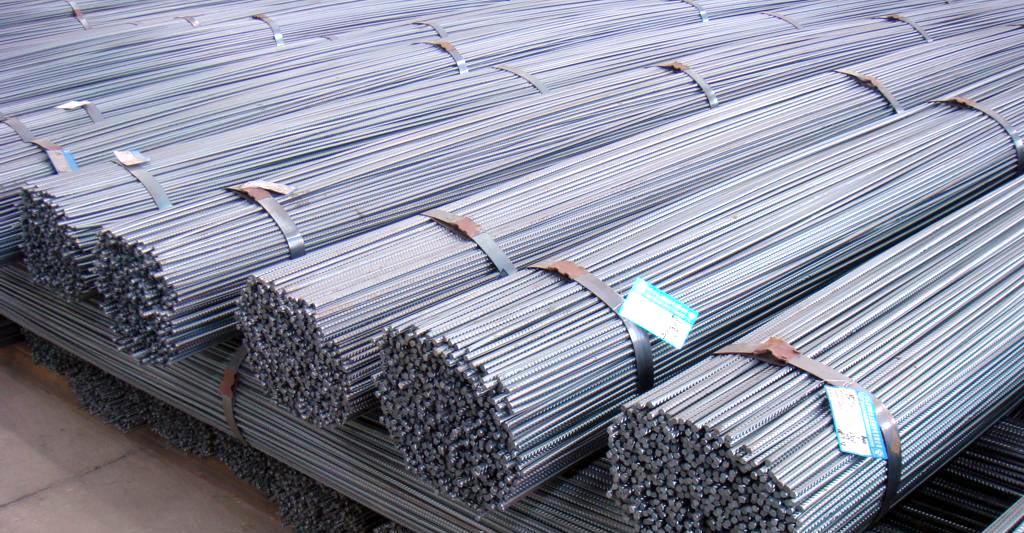Unveiling the Unyielding: Deciphering the Tensile Strength of Steel

What is the tensile strength of steel?
In the vast world of construction and engineering, steel stands as a cornerstone material, revered for its unparalleled strength and resilience. But what exactly is the tensile strength of steel, and why does it matter? Join us on a journey through the elemental depths of this mighty alloy as we unravel its secrets and unveil the crucial role it plays in shaping our modern world.
In the heart of every skyscraper, bridge, and automobile lies a silent hero: steel. Its strength and durability have made it an indispensable component of modern infrastructure and machinery. But what gives steel its remarkable ability to withstand immense forces without yielding? The answer lies in its tensile strength.
Tensile strength refers to the maximum amount of tensile (pulling) stress that a material can withstand before breaking or deforming permanently. In simpler terms, it measures how much force steel can endure when stretched or pulled apart. This property is crucial in determining the suitability of steel for various applications, from towering structures to delicate instruments.
At its core, steel is a complex alloy composed primarily of iron and carbon, with trace amounts of other elements such as manganese, chromium, and nickel. These additional elements impart unique properties to the steel, enhancing its strength, toughness, and corrosion resistance. However, it’s the molecular structure of steel that truly sets it apart.
On a microscopic level, steel consists of countless tiny crystalline grains arranged in a lattice-like pattern. When a tensile force is applied to steel, these grains align themselves along the direction of the force, allowing the material to elongate without fracturing immediately. This phenomenon, known as plastic deformation, is what gives steel its ductility – the ability to bend and flex without breaking.
But beyond a certain point, the applied stress exceeds the strength of the steel, causing it to yield and ultimately fail. This critical threshold is known as the yield strength, a key parameter used to characterize the mechanical properties of steel. Engineers carefully consider the yield strength when designing structures to ensure they can withstand anticipated loads and stresses.
However, the story doesn’t end there. Steel’s tensile strength can be further enhanced through various heat treatments and alloying techniques. By carefully controlling the composition and microstructure of the steel, manufacturers can tailor its properties to meet specific performance requirements. Whether it’s high-strength structural steel for skyscrapers or corrosion-resistant stainless steel for surgical instruments, the possibilities are endless.
In conclusion, the tensile strength of steel is not merely a scientific curiosity but a fundamental property that underpins the fabric of our modern world. From towering edifices to precision machinery, steel’s unrivaled strength and versatility continue to shape our lives in ways both seen and unseen. So the next time you marvel at a skyscraper or cross a bridge, take a moment to appreciate the silent strength of steel – the unsung hero of engineering marvels.



